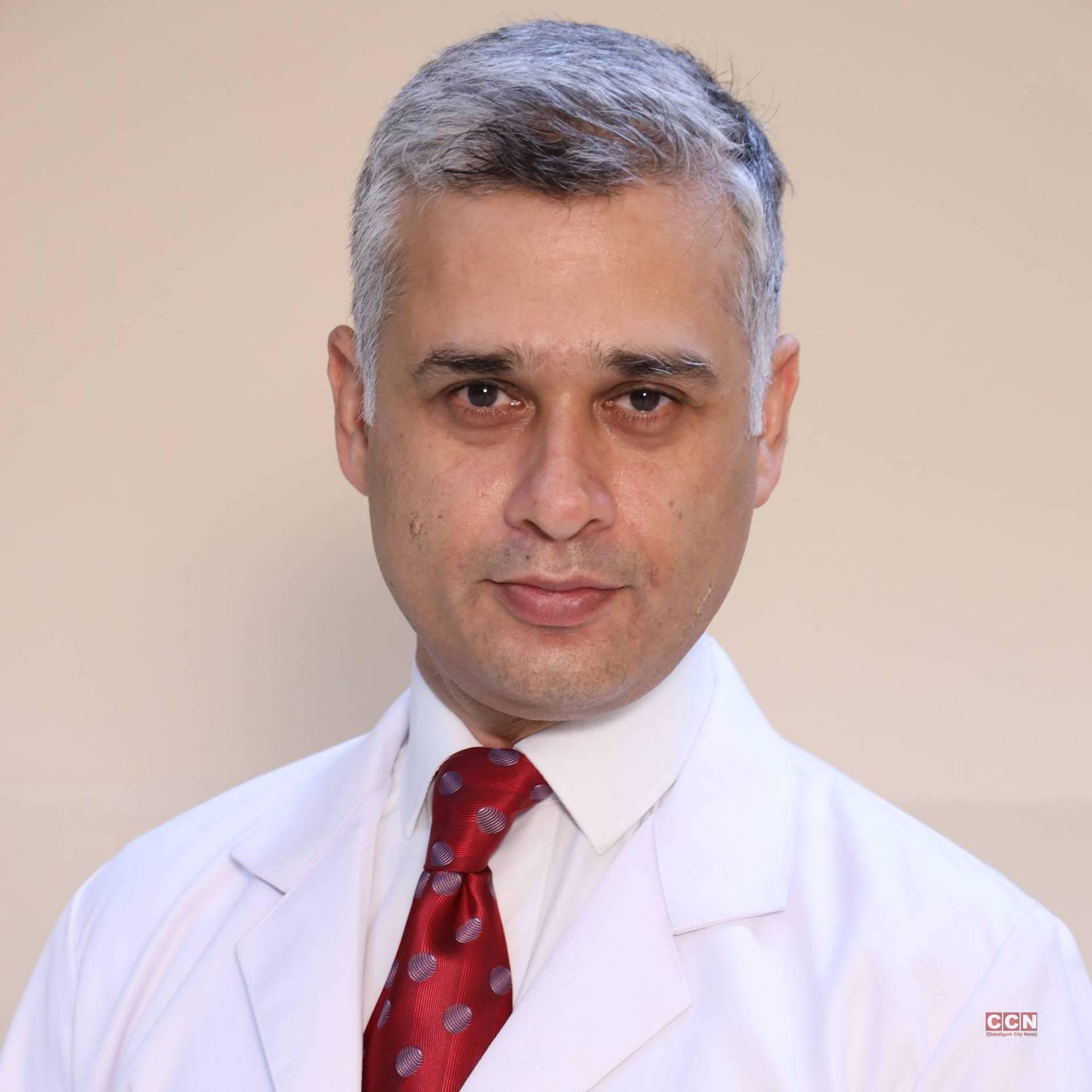Timely administration of CPR is crucial in saving lives; increases chances of survival by 2-3 times, says Dr Ankur Ahuja

A young person collapses on the treadmill. Another is found unconscious in the bathroom. A flight passenger starts gasping for breath and sweating profusely. All three suffered a cardiac arrest wherein their hearts stopped beating suddenly. However, all three individuals could be saved with the timely administration of Cardiopulmonary Resuscitation (CPR).
Reports show that about 4,280 people per lakh population suffer a cardiac arrest every year in the country. It is important to note that nearly 90% of all individuals who get a cardiac arrest outside a hospital, are unable to survive. Dr. Ankur Ahuja, Senior Consultant, Department of Cardiology, Fortis Hospital Mohali, sheds light on why timely administration of CPR can be a life saver.
What is a CPR?
CPR is a process wherein chest compressions and often, rescue breathing (mouth-to-mouth) are given to maintain circulatory flow during a cardiac arrest. Stating that CPR should be given at the rate of 100 to 120 times per minute, Dr Ahuja, added, “It is remarkable to note that CPR increases the chances of survival of a person by 2-3 times.”
Who needs CPR?
Discussing the warning signs of cardiac arrest which may require a CPR, Dr Ahuja, said, “Patients may have chest pain or discomfort, irregular heartbeats, shortness of breath, nausea, near fainting, feeling lightheadedness or dizziness prior to a cardiac arrest. However, it may happen without any warning sign too. In case of any such symptoms, medical intervention is required.
The Process
Dr Ahuja said the process of giving a CPR involves:
1. Identify the cardiac arrest victim: If a person is found unconscious, not responding adequately or not breathing properly (irregular or none), then CPR should be given.
2. Call for immediate help: One person cannot sustain CPR for long. Hence, assistance is required to help and call for medical back-up immediately.
3. Actual CPR: Giving actual CPR requires training and expertise. There are many certified organisations and healthcare institutes which provide training to members of the public.
Case study
Dr Ahuja described a case wherein a doctor suffered a cardiac arrest at home. His wife promptly gave CPR to him and revived his heart rhythm. “The doctor was subsequently diagnosed to have a heart attack (a common cause of cardiac arrest) and underwent primary angioplasty. He had a long hospital stay, good brain recovery and was fortunate enough to tell his tale,” added Dr Ahuja.







